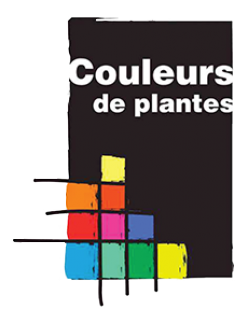Indicative color
pink
Product available in catalog

Plant extract (ref C33)
Scientific name: Haematoxylum Brasieltto Karsten
French name: Bois de Sainte-Marthe
English name: Peachwood, Nicaragua wood, Brazil wood
Botanical origin: Central America
Crop production: wild shoots in Central America
Part of plant used: wood
Nomenclature
N° CAS: /
N° EINECS/ EC: /
INCI name: Haematoxylum brasiletto wood extract
CI: 75280 Natural Red 24 (braziléine)
Documents available
- Analysis report
- Technical specifications
- Material Safety Data Sheet
- Raw material information data sheet
Historical importance
The Brasiletto or Bois de Sainte-Marthe is a bushy and thorny shrub, common in the dry areas of Central America up to 1500 meters above sea level.
The Central American redwoods were exported in the Middle Ages for use in dyeing, especially in Europe. Haematoxylum brasiletto is one of the richest in coloring molecules.
The deep red color on wool and silk and good wash fastness makes it a preferred color in Europe at this time, but given its poor light fastness, this dye will be mainly used to shade red dyes of Madder (manual of recepies of Venetian dyers, 15 century).
The Brasiletto is the 3rd most important source of red wood dye. Its export began in 1848 and its trade continued until the beginning of the 20th century.
Wood decoctions are traditionally used to treat heart and digestive disorders.
Phytochemistry
The main molecule is brazilin (family of neo-flavonoids), contained in the heartwood, and which by oxidation turns into brazilein.
Crop production – Manufacturing
Brasiletto is not harvested. Its habitat is known in two main regions: north-western Mexico and in the dry regions of Colombia and Venezuela.
The extract is produced in France.

 Online shop
Online shop Private space
Private space Recherche
Recherche Request
Request